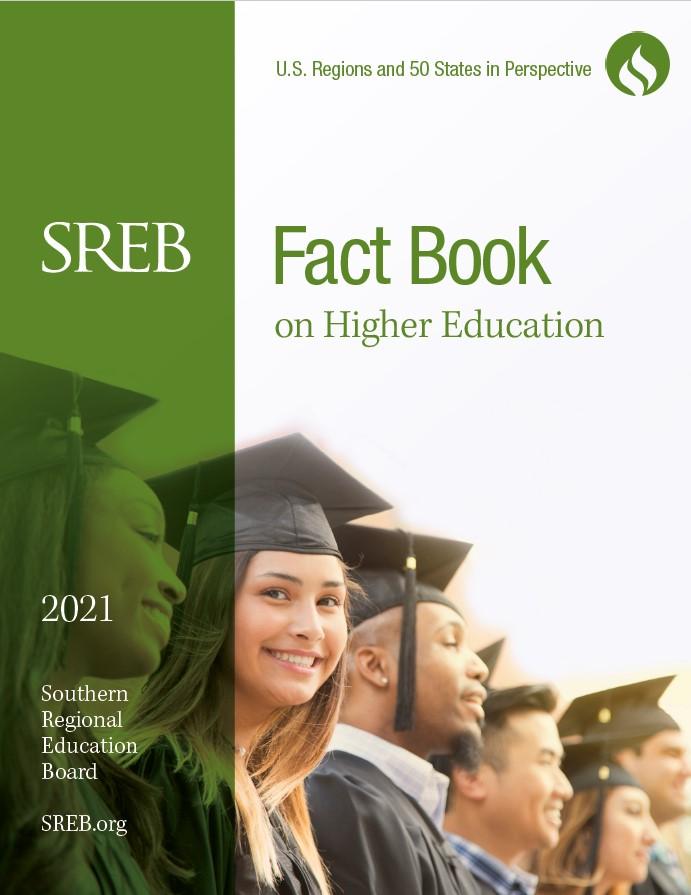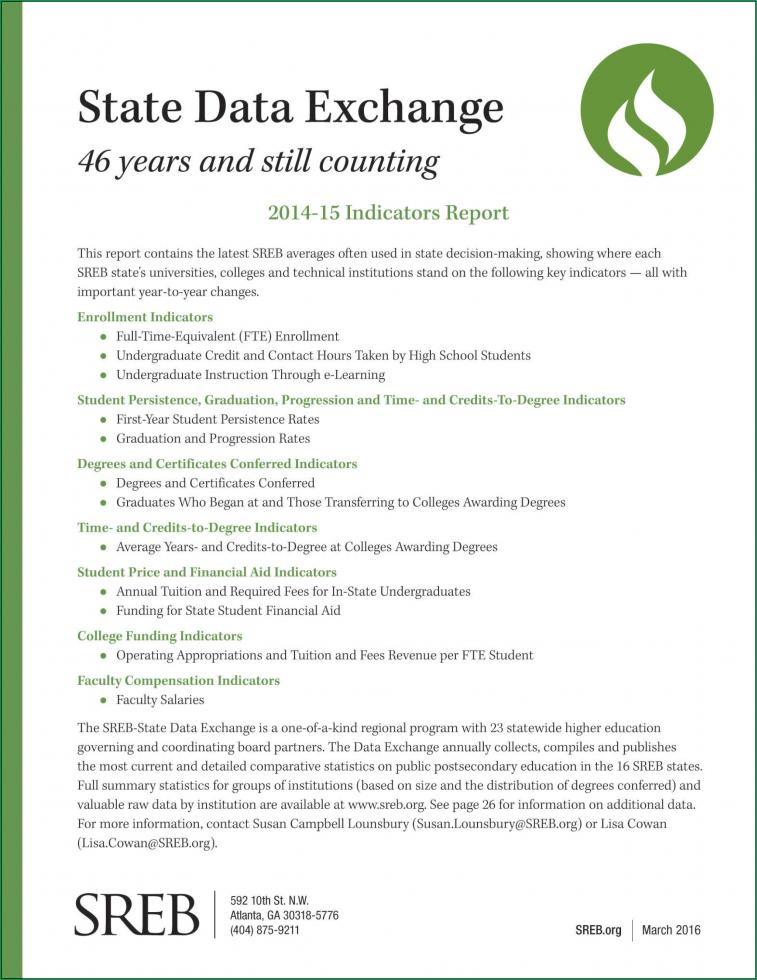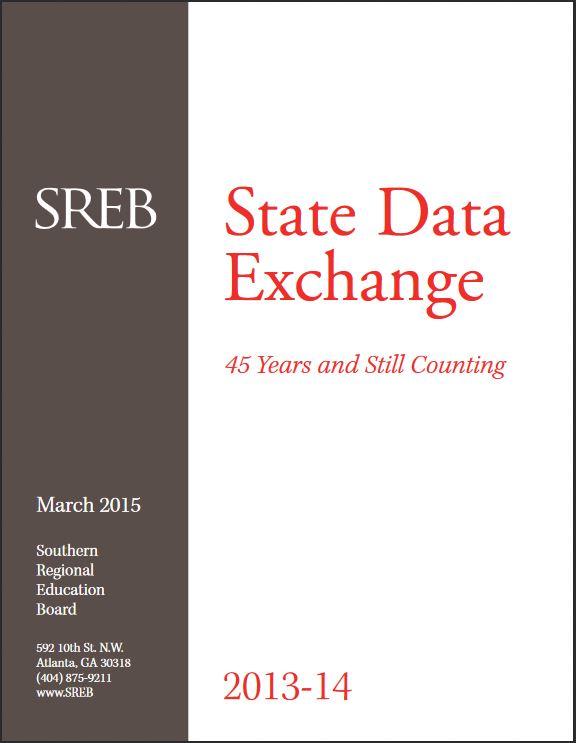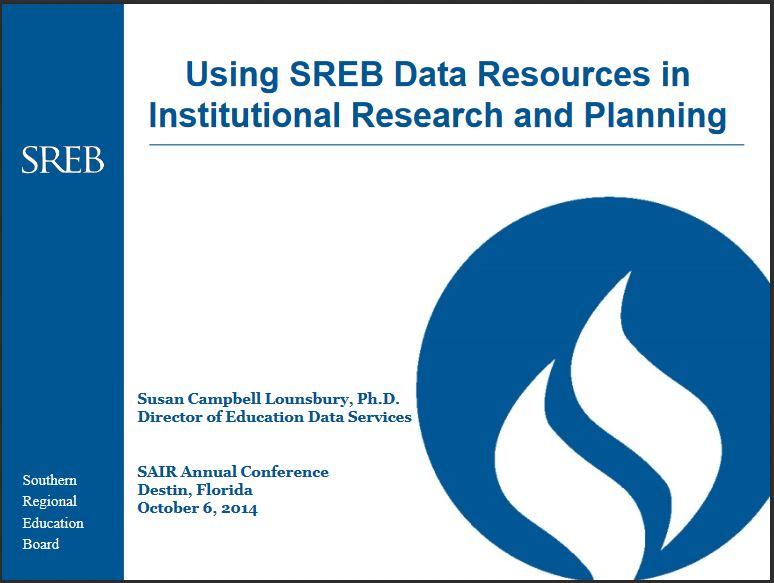Fact Book & Ed Data
Education Data
Collecting analyzing and sharing demographic, economic, pre-K-12 and higher ed data among states
Helping states stay up to date on the latest interstate comparisons and trends in education is a core service of SREB.
SREB Fact Book on Higher Education
One of the nation’s most comprehensive collections of comparative data, the Fact Book includes data on the population and economy, enrollment, degrees, student tuition and financial aid, faculty and administrators, revenue and expenditures. In most cases, figures for each of the 50 states are available online.
Fact Book table files contain long-term trends for all of the elements from the Data Exchange.
SREB-State Data Exchange
The backbone of the Fact Book is the SREB-State Data Exchange, a cooperative effort of state higher ed boards with SREB. It profiles where SREB state universities, colleges and technical institutes stand on enrollment, degrees conferred, student persistence and progression, full-time-equivalent enrollment and college classes taken by high school students, funding for colleges, funding for state student aid, student tuition/fees and faculty compensation with year-to-year changes.
Data Exchange files contain one to two years of data summarized by state and institutional category, including by-college detail.






